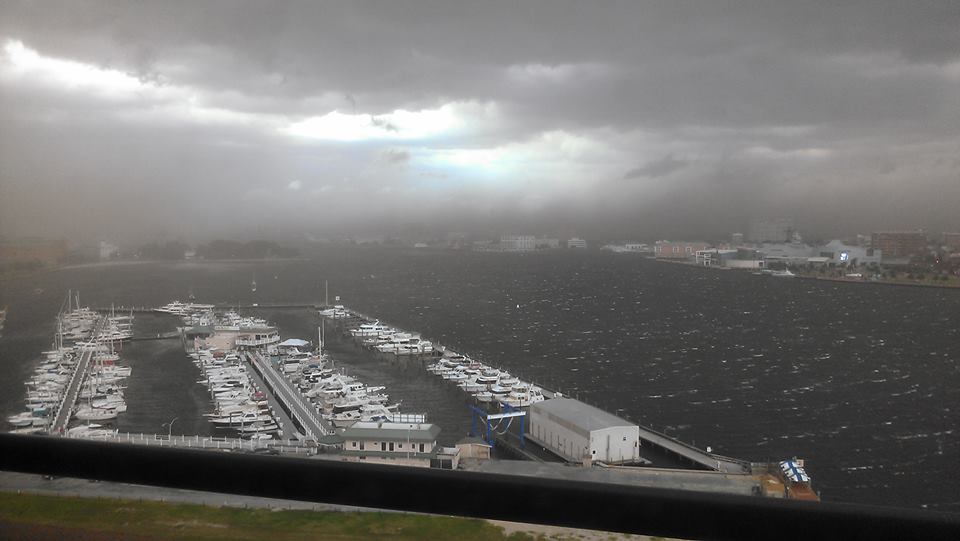One of my least favorite jobs as a youth worker is being the one to ‘call’ the trip. I hate having to decide that we can’t go to the water park, can’t ride on the coasters, can’t do the game, can’t hold the meeting and much more. I’m sure you’re reading this and completely agreeing with me. (Let’s be honest – the fun reasons above are sometimes what makes all the exhaustion worth it!)
I had to cancel a group recently while it was still 95 degrees and sunny on the weather forecaster’s ‘promise’ that a huge storm was about to hit the east coast.
I had to make the call.
Will the weather be so bad in 2 hours that I cancel it now? I had to make a decision then so that a worker didn’t come across the bridges and tunnels, so I didn’t get flooded and stuck in a different part of town, the youth didn’t come out into the rain, lightning and high winds and to determine if I needed to get the key to the center.
Safety
Safety is always first. Even though disappointing youth is second on the list of things I hate… someone risking any kind of injury is first.
So I called it. No group.
1.5 hours before the group and it was still beautiful.
1 hour before the group and it was still beautiful. OK, I’m really starting to have some guilt now.
45 minutes before the group and it was still beautiful, sun was shining, breeze was warm…. gulp.
30 minutes before the group… the sun is shining… the beautiful breeze is picking up speed… at this point I’m hoping for a storm just to justify my decision. (I know, very rational and safety minded!)
In those 10 minutes the wind whipped up and the clouds blackened out of nowhere.
20 minutes before group and this was the weather:
Crisis averted.
I made the right call this time.
I’ve also had it happen where I chose to drive through the pounding rain to get to the water park in the hope that it would clear up as promised by the weatherman (and thankfully it did!) I’ve also just about frozen some youth to death trying to paint an elderly person’s house in cool, cloudy weather. It wasn’t raining, but it really wanted to be and my youth were practically popsicles after a few hours.
Do Your Best
It’s all about doing the best you can. You’re not always going to get it right. Sometimes you throw the Hail Mary and the weather doesn’t cooperate and you have to turn around and go home.
All you can do is a physical or mental risk assessment.
For me, the danger to myself, my volunteers and my youth was too great to risk it. Yeah, I might have looked like an idiot if the weather had stalled for just one more hour.
But at the end of the day, I have to answer these questions when considering the cancellation of a group activity:
1. What’s the worst that could happen?
2. Am I willing to allow that to happen if it’s in my power to avoid it?
3. Will I be able to sleep tonight (or live with myself later) if the worst were to happen simply because I didn’t want to see sad faces or wanted to be the cool youth worker?
Personally, I can live with disappointment, as can my youth – even though they don’t think they can. But can I live with the consequences associated with high winds, freezing or high temperatures, lightning, broken tree branches, flying debris, power outages or having volunteers driving through poor conditions? How about you?
Question: When have you had to cancel a trip, outing or activity? What happened? Was it a flop or the best choice you made?
You can also connect with us by:
- Signing up to receive our posts via email
- Following us on Twitter
- Liking us on Facebook
- Signing up to our RSS feed




